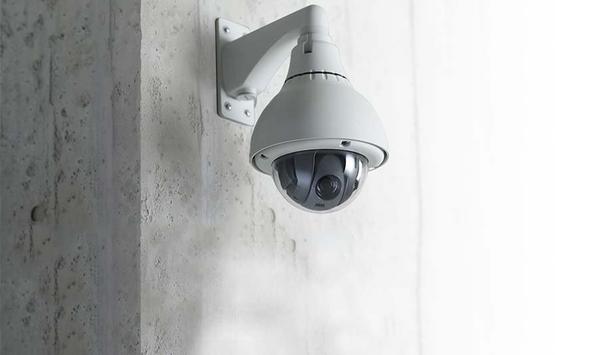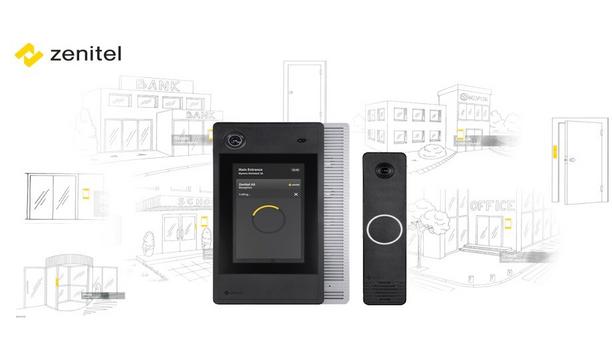Mx2wire+ makes any house multimedia-compatible quickly and cost-effectively with no need to lay new cables
Product Profile
In many houses television, telephone and other distribution networks based on two-wire cables are already installed, but no longer used. For example, a previously cable-bound telephone system may have been replaced by an up-to-date wireless system. Existing, unused cables can now be quickly connected to Mx2wire+ and transformed into network connections throughout an entire building.
An old analog camera can also be instantly exchanged for a digital, high-resolution MOBOTIX network camera without the need for any recabling and with all the associated benefits.
Ethernet & PoE via two-wire cable.
Using the Mx2wire+ system from MOBOTIX, an Ethernet network with PoE can be established using existing cables up to 500 m. This means that you can utilize a two-wire cable that is no longer in use (analog telephone line, antenna cable or bell wire, for instance) to connect a 10/100 Mbps Ethernet device such as a PC, WLAN, IP camera, IP telephone or IP door station without having to lay any new cables or implement any other constructional measures. An (identical) Mx2wire+ unit is required at both ends of the cable, and it automatically configures itself as either the sender or the receiver (MOBOTIX patent).
The significant additional benefit of Mx2wire+ is that, in addition to data, the power to operate PoE end devices (Power over Ethernet according to the IEEE 802.3af standard, a MOBOTIX network camera, for example) can also be transferred via the two-wire cable.
Mx2wire+ is supplied via PoE from the network cable that feeds in. The connected end devices are supplied with up to 7 watts via PoE. Mx2wire+ does not therefore require its own power supply, as the network distributor (switch) typically supplies power over the data cables (PoE) so that the two Mx2wire+ units as well as the standard PoE end device are supplied.
Mx2wire+ is delivered in a standard socket frame in different designs, however, it can also be used with the surface-mounted socket provided.
New possibilities, more convenience – with Mx2wire+
- Ethernet and PoE data transfer using a two-wire cable
- Simple connection of 10/100 Mbps Ethernet devices
- No need for expensive and time-consuming installation of network cables
- Ideal for connecting PCs, WLAN DSL routers, IP cameras, IP telephones and IP door stations
- Connected devices are supplied with up to 13 watts via PoE
- Perfect when wireless communication is not possible (due to distance, thickness of walls, etc.)
- Maximum data transfer range of 500 m and data rate of up to 50 Mbps (depending on distance)
- Simple installation in standard sockets (surface- or flush-mounted)
- Developed, produced and patented by MOBOTIX Germany
- Two LEDs display current connection and supply statuses
- Network extension by connecting a Cat7 cable of up to 500 m in length as a two-wire cable
Technical Specification
| Make | MOBOTIX |
|---|---|
| Manufacturer | MOBOTIX AG |
| Category | CCTV>Analogue Transmission |
| Model code | Mx2wire+ |
| Transmission type | UTP / CAT 5 transmission |
| Video Inputs | 2 channels |
| Network Properties | Interface: 10/100 Base-T Ethernet |
| Transmission Range m | 500 |
| Additional info | Using the new Mx2wire system from MOBOTIX, an Ethernet network with PoE can be established up to 500 meters using two-wire cables (e.g. telephone cable, bell wire). This means that, for example, an existing two-wire analogue telephone cable can be used to connect a 10/100 MB Ethernet device (for instance, PC, WLAN, IP camera, IP telephone or IP door station). The data rate is up to 40 Mbps. For 500 m of bell wire, approx. 15 Mbps data is transferred. An (identical) Mx2wire device is required at both ends of the cable, and it automatically configures itself as either the sender or the receiver. |
More MOBOTIX Analogue Transmission
Compare MOBOTIX Mx2wire+ with Analogue Transmission from other manufacturers
- See other MOBOTIX products
- MOBOTIX IP cameras
- MOBOTIX IP Dome cameras
- MOBOTIX Audio, video or keypad entry
- MOBOTIX CCTV camera mounts
- MOBOTIX CCTV software
Related Whitepapers
Security investments retailers should consider for their 2021 budget
One system, one card
DownloadAligning physical and cyber defence for total protection
DownloadUnderstanding AI-powered video analytics
DownloadEnhancing physical access control using a self-service model
DownloadHow to implement a physical security strategy with privacy in mind
Download




















